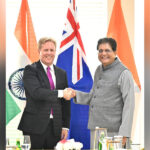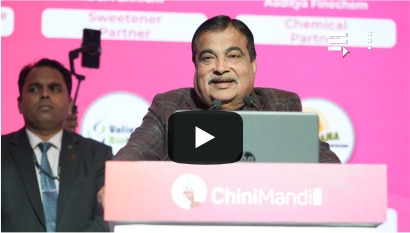New Delhi [India]: Smaller FMCG (Fast Moving Consumer Goods) companies in India are growing faster than their larger competitors, according to a recent report by Emkay Research.
This trend is mainly due to their quicker innovation and better product alignment with changing youth preferences.
The report stated “A quick comparison of growth trends across company sizes….. indicates that smaller FMCG players are outpacing larger peers”.
The report mentioned that the ability of smaller companies to adapt faster and offer products that connect well with the younger generation has helped them take the lead.
A key reason behind this shift pointed out by the report is the rise of modern trade and e-commerce, including quick commerce, which now makes up around 20 per cent of the FMCG sector. These platforms have given new brands equal access to consumers, making the market more competitive.
On the other hand, large FMCG companies are seeing slower growth. One reason is the continuous price hikes they have made, which have affected the value-for-money perception among consumers.
Another challenge is their continued dependence on general trade, where traditional, broad-based products dominate. This has limited their ability to adapt to the fast-changing demands of consumers.
The report also said that while modern retail channels are growing well, there are still gaps in meeting the needs of new-age customers.
In particular, big supply chain players in e-commerce and modern trade are lagging behind quick commerce platforms in offering a wide variety of products, especially those from new and digital-first brands.
As more consumers shift to new platforms, the traditional strengths of large FMCG companies are weakening. These new platforms not only provide better consumer insights and engagement, but also push their own private label products.
Although the report highlighted that the growth outlook for the FMCG sector is improving, it also warned that established players must speed up their efforts, especially in product innovation, channel strategy, and staying relevant to today’s consumers.
(With inputs from ANI)

















